Disclaimer: This article will be making commentary on events that transpired throughout this latest season of Doctor Who, including events in the finale. If you have not seen any part of this season and wish to avoid spoilers, please do not read further.
This season of Doctor Who has proven a couple of things to me: Moffat was playing the long-game when it came to Doctor Who, and Moffat really is an old-school Whovian at heart.
For many fans who joined the show post-2005 revival, Capaldi is a very different Doctor than what they’d associated with Doctor Who and this show is very different than what they’d grown accustomed to. For fans of the old show, while not quite a return to the pre-revival version of storytelling, recent seasons have felt more and more like a homecoming. For us, this homecoming was capped by the literal homecoming we experienced in this finale, ending the final remnant of the Davies-era’s changes, Gallifrey’s omission from the show.
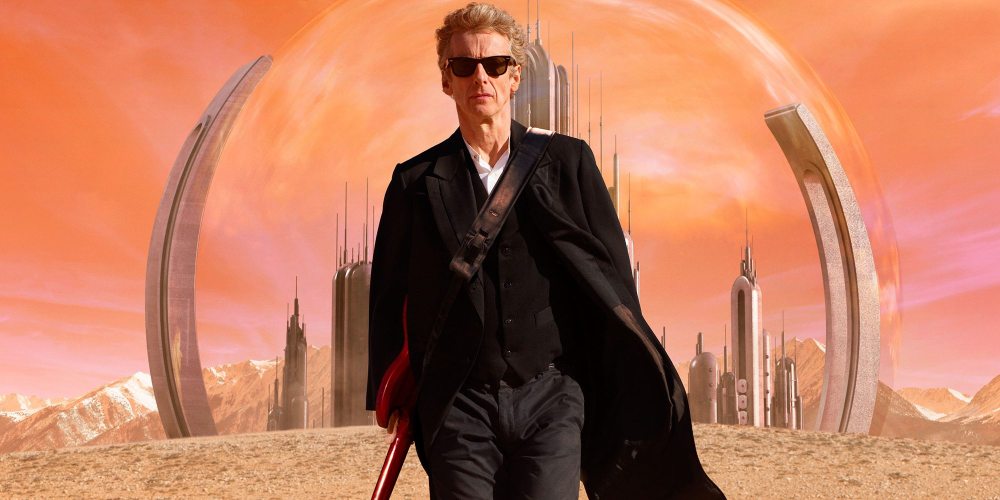
Capaldi is, in many ways, the modern evolution of the old Who Doctor. He’s older (aside from Peter Davison, the casting for the Doctor usually strayed away from the young pretty boys), gruffer, and strays away from the catchy phrases that made the show feel far too “young” in the last two Doctors’ eras. Instead, he’s a Timelord. Sometimes he’s out of touch with humans, often he speaks in a way that seems demeaning to those who can’t understand what he does, and he feels alien. Finally, he feels like the Doctor again.
In some ways this is small; Doctor Who changes with each new Doctor and show-runner that comes on. But in other ways, this is huge. Those of us with knowledge of the pre-revival show and with the benefit of hindsight can see a clear progression being made in the show from the first moment Moffat took over. Firstly, Moffat has said that he was looking for an older Doctor (before hiring the youngest one ever) after an exhaustive audition process. Then, when Matt Smith steps down, there’s no audition process. No long series of open auditions. Silence. Until the moment that Capaldi is announced. At that moment, it became clear, just as Davies had done with the transition from Eccleston to Tennant, Moffat knew exactly who he wanted to replace Smith. Moreover, looking at the arc Smith’s character takes during his time in the TARDIS, he probably wanted Capaldi from the beginning but realized he needed a transitional Doctor before the fans would accept him.
See, this concern was backed up by history. When Peter Davison left the TARDIS for the last time, the BBC was really excited to have Colin Baker to step into the role and take it in a radically different direction. Where Davison was very human, playing cricket and being friendly with everyone, Colin Baker would be the alien. Outfitted with a coat that was utterly unfashionable (on earth, Baker’s Doctor would later insist), and an attitude that shocked viewers from his very first moments on screen (choking his companion was perhaps a bad choice by the writers), he simply proved to be too big of a transition for the viewers. They kept waiting for viewers to get used to him, to begin to appreciate the charms of his Doctor (as many of us can, decades later). Instead, viewers stopped tuning in.
Capaldi, much like Baker at the time, is an accomplished actor. Also like Baker, his version of the Doctor is radically different from the Davison/Tennant archetype. Fearing this same kind of backlash, Moffat likely opted to play the long-game. He hired Matt Smith, a talented younger actor who could appeal to Tennant fans and who could convincingly transition from the happier tone of the earlier episodes to the embattled melancholy of his final episodes, paving the way for Capaldi’s character.

Aside from the new Doctor, what strikes me most about the end of this season is how the universe is left and the parallels it draws to the classic series. Not only is Gallifrey back (allowing for the possibility of Timelord interference once again), but so is the Master/Mistress as well as the new duo of Clara and Me. In short, the universe is much less empty than it was even one season ago. No longer is the Doctor the last of his kind or the only one traveling through time. Some of the old players are still missing, unless you want to believe the fan theories that The General is Romana and [insert female character here] is the Rani, but that’s probably for the best. We don’t need to bring back the past–to this classic Whovian, this amalgamation of the past and the post-revival show is just getting better and better.
I’m not sure how I feel about a diner flying through time and space, though.
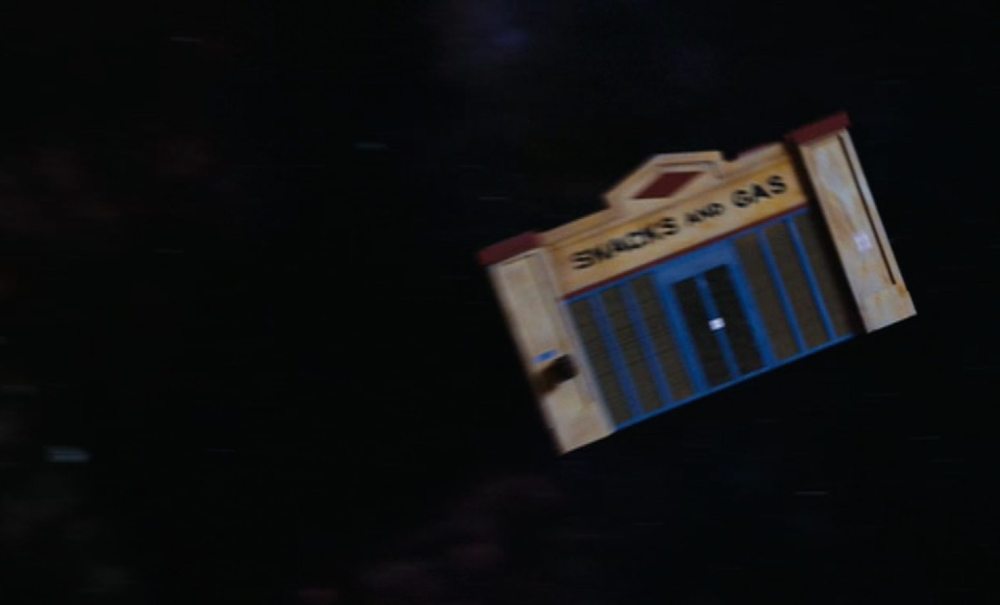


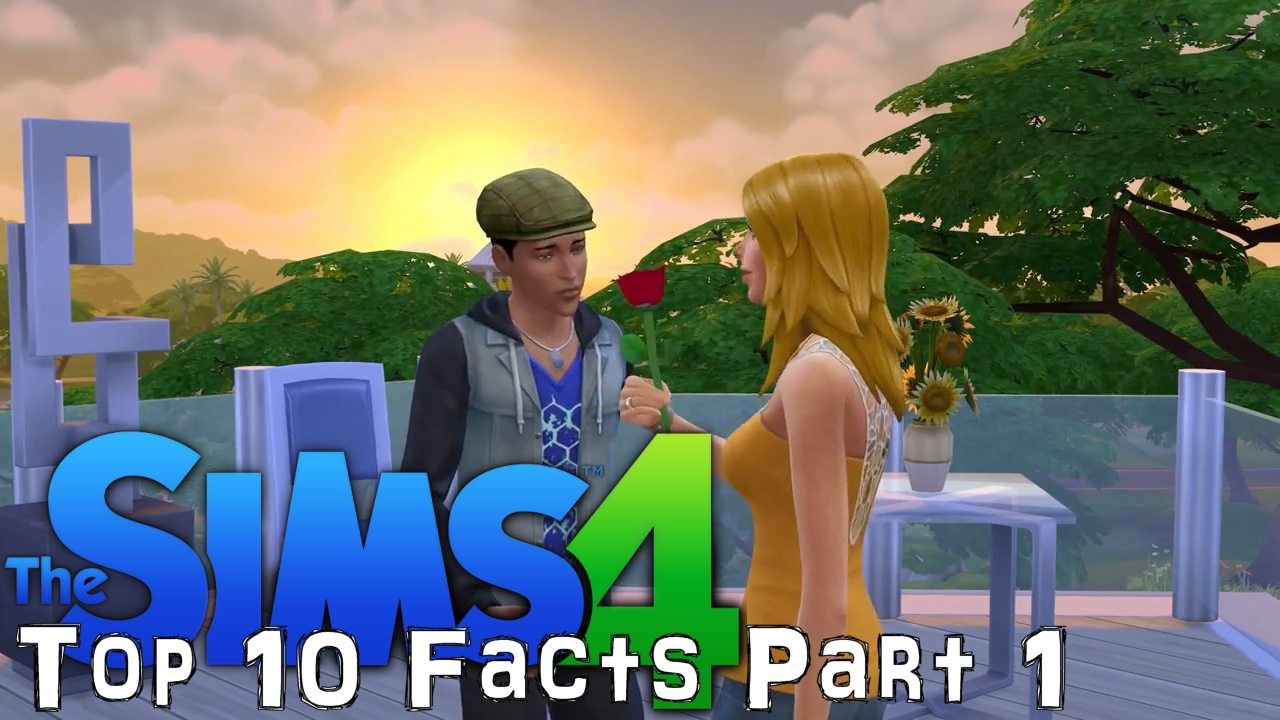
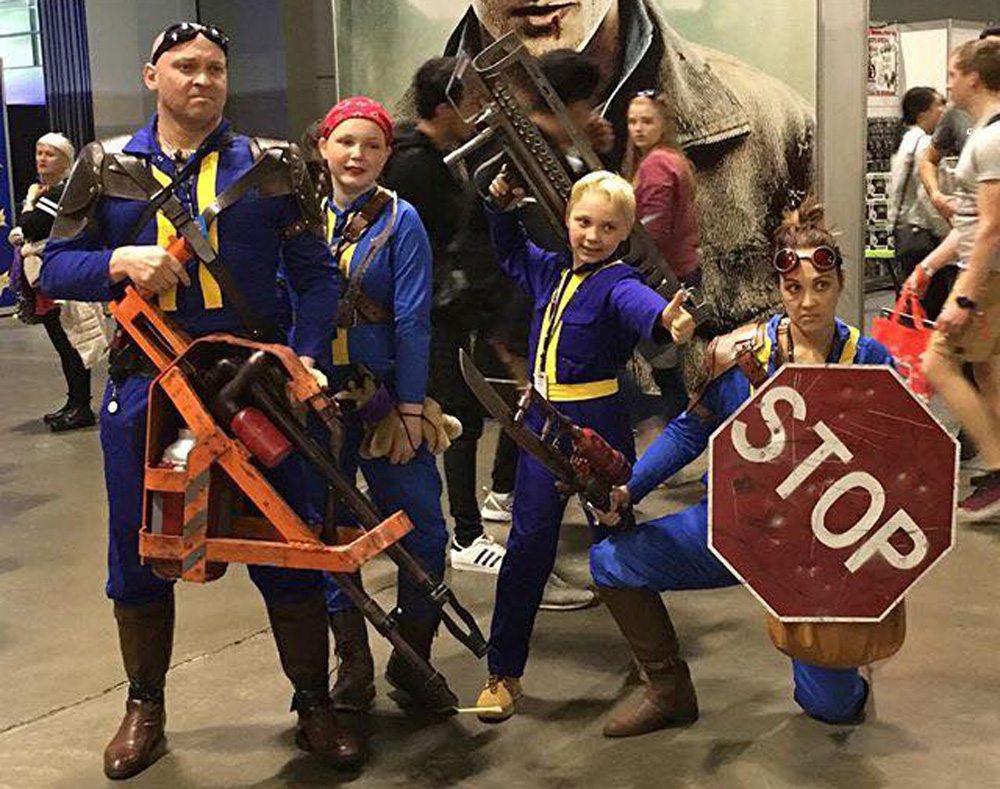
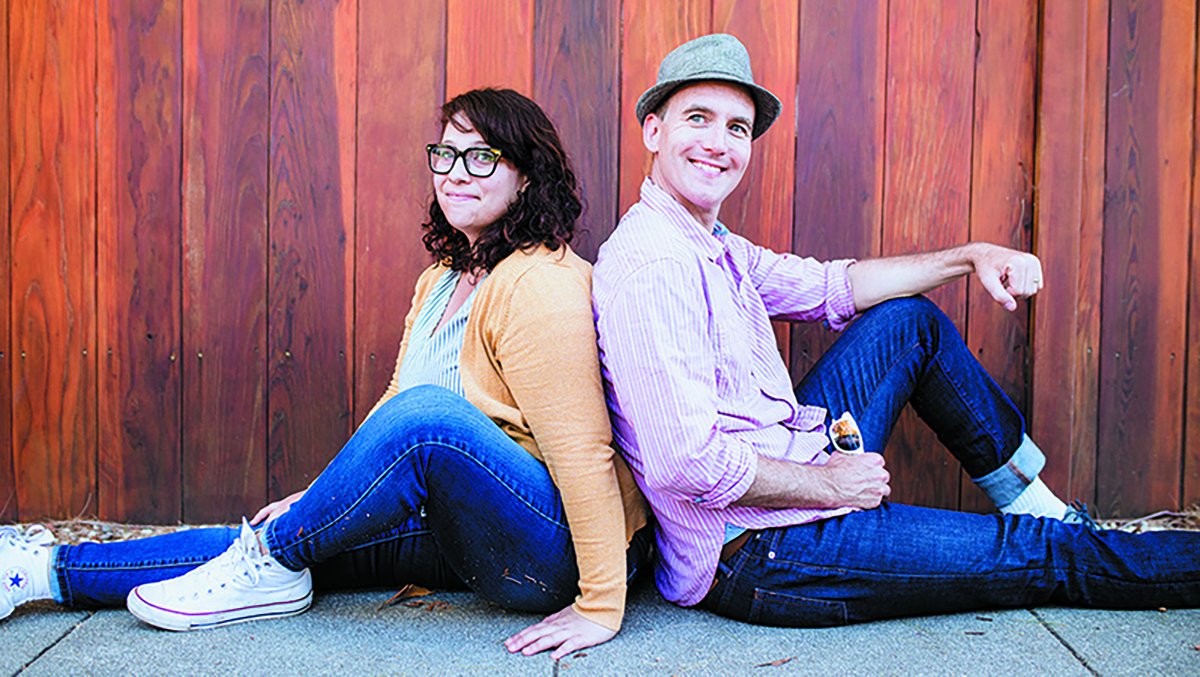
“Why is the Master/Mistress the only one who can ever get the chameleon circuit working?”
It could be we’re seeing one TARDIS, The Doctor’s, but in different parts of its timeline. Clara and Ashildir drop off their TARDIS back on Gallifrey, having gone “the long way round”, in time for The Doctor & Susan to run away in it. In fact it’s Clara who diverts The Doctor and Susan with the whole “Don’t steal that one, steal this one” speech in The Name of the Doctor. She just points them to the one she & Ashildir have just landed in. They probably knackered the navigation system and the chameleon circuit.
I hadn’t considered that possibility. I mean, the set for Clara and Me’s Tardis is slightly different than the Hartnell one, but not by enough to be bothered by.
You know the whole ‘Diner in Space’ thing could also be seen as a tribute to ITV
s brief rival to Doctor Who – Sapphire and Steel. The end of that series bears something of a familiarity….. Not wanting to spoil anything if anyone hasn’t seen Sapphire and Steel… and if you haven’t then do so it was a pretty good show….
I really bonded with Capaldi this season. I was a bit disappointed in last season’s episodes. They were all so forgettable, culminating in that bizarre Christmas special. And the loathing between Danny Pink and the Doctor seemed so forced as to be distracting. “Listen” was the only episode that gave me hope. This year was the exact opposite. Each episode was better and better…with the exception of poor Mark Gatiss’s “Sleep No More.” It wrapped up Clara’s arc very nicely. I had been troubled by the whole “Raven” episode’s ending.
I am planning to write a similar article on my blog today, and was already planning to say just about everything you’ve said here. Needless to say, I completely agree with you. Nicely done. 🙂
At first, I questioned how two humans could fly the TARDIS. But two things occurred to me: First, TARDISes are sentient. They can probably do a lot of the hard work themselves. Second, TARDISes are museum pieces, having been mothballed by the Timelords as part of the Non-Intervention Pact. They would have to get bored after a few millennia.
In addition to the excellent “Sapphire & Steel” and “Same TARDIS/Different Timeline” suggestions above, I have two more:
1) It’s the Nightmare Cafe.
2) It’s the ultimate expression of Bistromathics.
I see the Diner reference as an homage to Douglas Adams’ Bistromathics from “Life, The Universe and Everything”. http://hitchhikers.wikia.com/wiki/Bistromathics